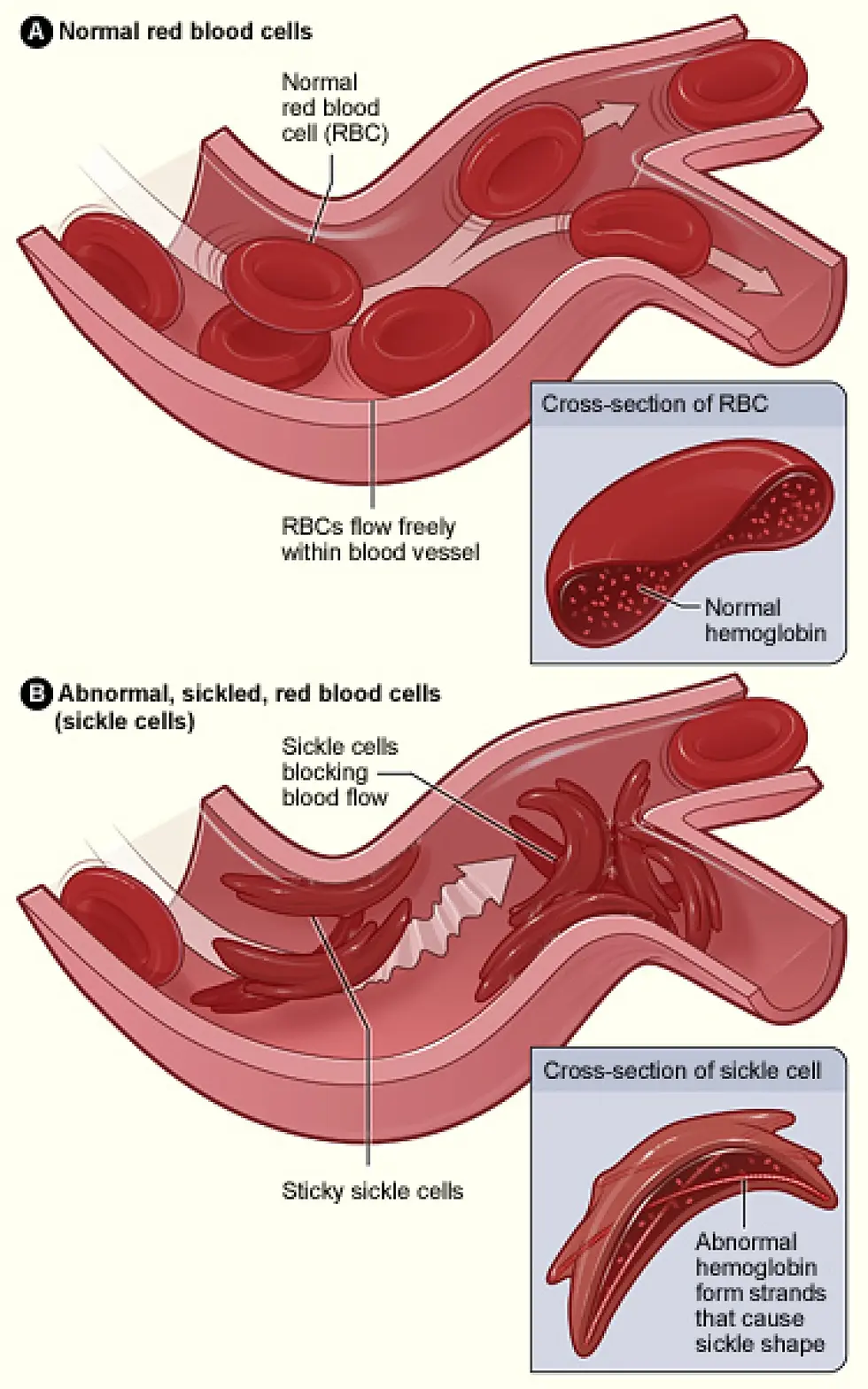Exercising With Chronic Conditions
- Ohio Center for Hope

- Jun 11, 2025
- 4 min read

Almost anyone, at any age, can do some type of physical activity, even with a chronic condition. In fact, older adults with chronic conditions can benefit from physical activity.
For most, moderate-intensity activities (such as brisk walking, riding a bike, swimming, weightlifting, and gardening) are safe, especially if you build up slowly. Talk with a doctor about your health condition and create a physical activity plan that works for you. Below, you’ll find
physical activity guidance for people with certain
chronic conditions.
ALZHEIMER’S DISEASE AND RELATED DEMENTIAS
Physical activity reduces the risk of health conditions that can contribute to age-related cognitive decline and may help delay or slow it. In people with Alzheimer’s disease and related dementias, physical activity may improve some aspects of cognition. It can also help them feel better, maintain a healthy weight, and have regular toilet and sleep habits.
Older adults with mild cognitive impairment (MCI) might be able to exercise the same way as someone without cognitive impairment, whereas people with dementia may need assistance from a caregiver. If you are a caregiver, try exercising together and adapting activities to make being active easier and more enjoyable. Be realistic about how much activity can be done at one time — several short “mini workouts” may be better than one long session. Talk with a doctor about what they would recommend for your situation.
ARTHRITIS
Older adults with arthritis, the most common form being osteoarthritis, who are regularly physically active benefit from decreased pain and improved physical function and quality of life. Both aerobic and muscle-strengthening activities contribute to these benefits.
Try doing low-impact activities, such as swimming, walking, and tai chi, which put less stress on your joints. When done safely, being physically active with arthritis shouldn’t make the disease or pain worse. Speak with a health care provider about what exercises may work for you.
CHRONIC PAIN
Most people living with chronic pain can exercise safely. Physical activity can also help with pain management, whereas being inactive can lead to a cycle of more pain and loss of function.
It’s important to remember to listen to your body when exercising and participating in physical activities. Avoid overexercising on “good days.” If you have pain, swelling, or inflammation in a specific area, you may need to focus on another area or rest for a day or two. Talk with a doctor about what exercises and activities might be right for you.
COPD (Chronic Obstructive Pulmonary Disease)
If you have COPD, talk with your health care provider or a pulmonary therapist to find out what they recommend. You may be able to learn some exercises to help your arms and legs get stronger and breathing exercises that can help strengthen the muscles needed for breathing.
Pulmonary rehabilitation is a program that helps you learn to exercise and manage your disease with physical activity and counseling. It can help you stay active and carry out your day-to-day tasks.
HIGH BLOOD PRESSURE
Physical activity can help older adults with high blood pressure reduce or manage their blood pressure and lower the risk of blood pressure continuing to rise. It also helps protect against cardiovascular diseases, including heart disease and stroke.
In people with high blood pressure, moderate-intensity activity for 90 minutes a week can help to significantly lower the risk of heart disease. More activity can lead to an even greater benefit.
Both aerobic and muscle-strengthening activities are beneficial. Work with your health care provider as you increase physical activity. Adjustments to blood pressure medication may be needed.
OBESITY
If you are overweight or have obesity, don’t let that stop you from being physically active. Anything that gets you moving — even if it’s only for a few minutes a day in the beginning — is a healthy start. Slowly work up to more. If you have difficulty bending or moving easily, or feel self-conscious, try different activities, such as walking, water exercises, dancing, or weightlifting, to see what works best for you.
OSTEOPOROSIS
If you have osteoporosis, talk with your health care provider about physical activity that is safe for you and good for your bone health. A combination of exercise types can help build and maintain healthy bones and prevent falls and fractures. Weight-bearing exercises, such as walking, climbing stairs, or dancing, produce a force on bones that makes them work harder. Including muscle-strengthening and balance exercises is beneficial, too.
TYPE 2 DIABETES
Physical activity can help older adults manage type 2 diabetes and stay healthy longer. It improves blood glucose levels, can prevent or slow risk factors that contribute to the disease getting worse, and helps protect against the leading cause of death in people with type 2 diabetes — cardiovascular diseases such as heart disease and stroke.
Aim for at least 150 minutes a week of moderate-intensity aerobic activity, plus two days a week of muscle-strengthening activity. Set a goal to be active most days of the week and create a plan that fits into your life. Your health care team can help.
People exercising with diabetes must be especially careful about monitoring their blood glucose, choosing appropriate footwear, and avoiding injury to their feet.
DISCOVER HOPE AND SUPPORT AT THE OHIO CENTER FOR HOPE
OCH is a non-profit dedicated to mental health wellness and positive aging.
We offer confidential mental health screenings, comprehensive memory assessments
at our Memory Clinic, and facilitate community-based referrals when necessary. Our mission
is to break the stigma surrounding mental health, raise awareness about the power of
early detection in slowing memory loss, and empower individuals to live vibrant, healthy lives.
Local transportation may be available for appointments. Best of all, our services are
completely free — no insurance required.


Ohio Center for Hope
Toll Free: 833-767-HOPE
8312 Cleveland Ave NW
North Canton, OH 44720





Comments